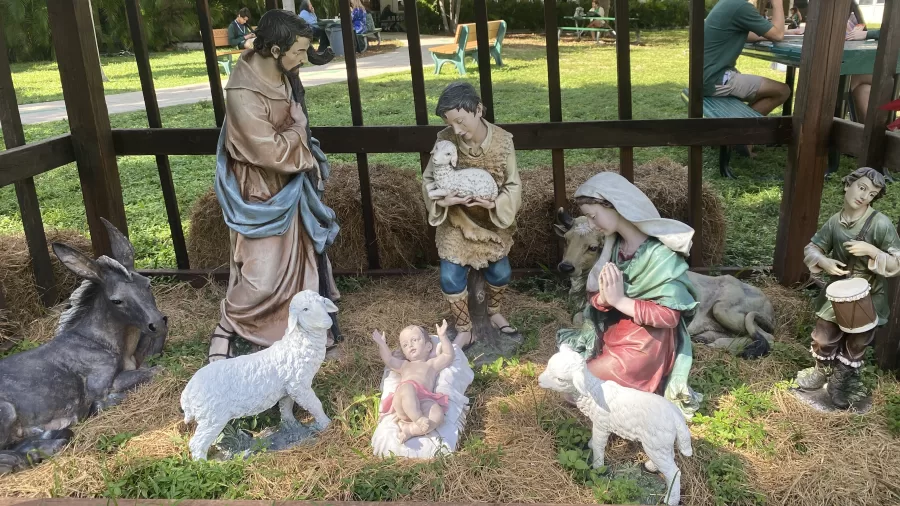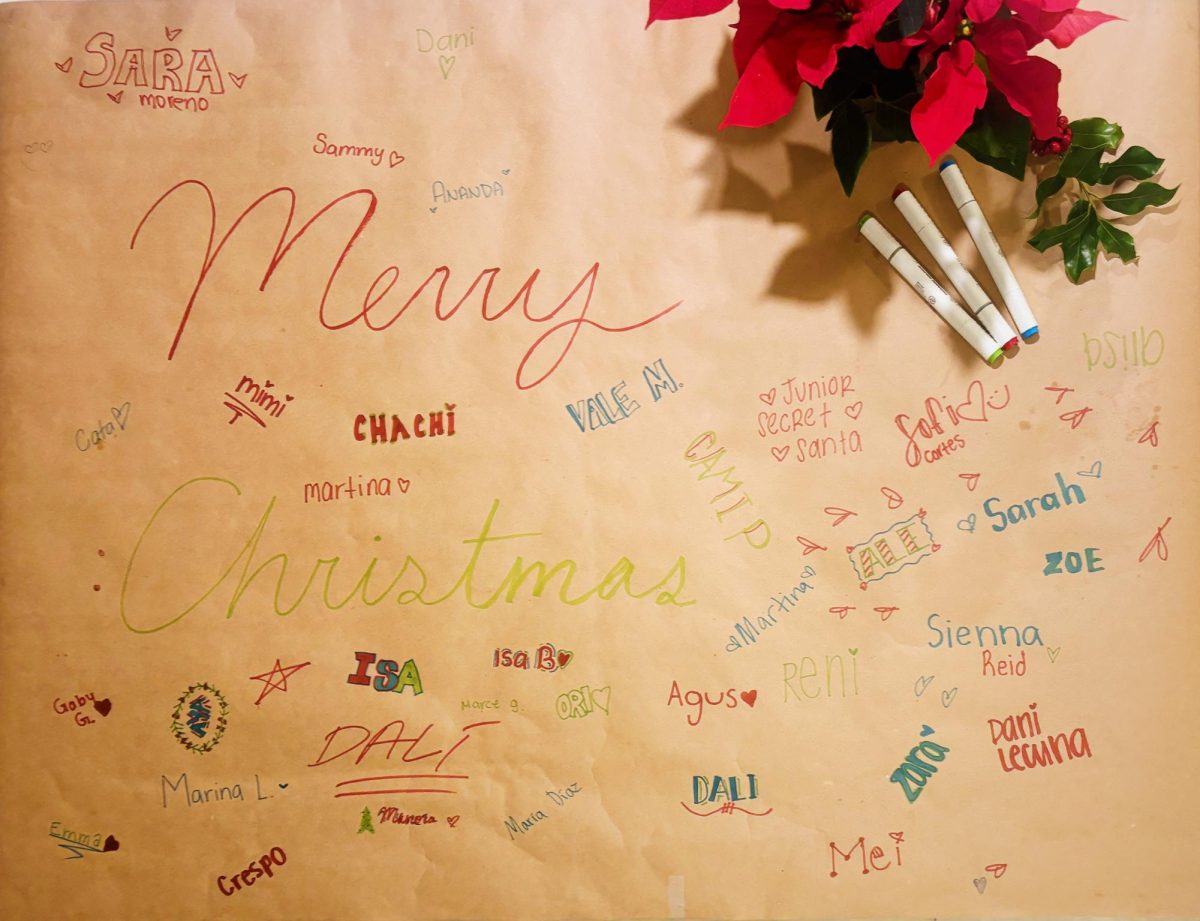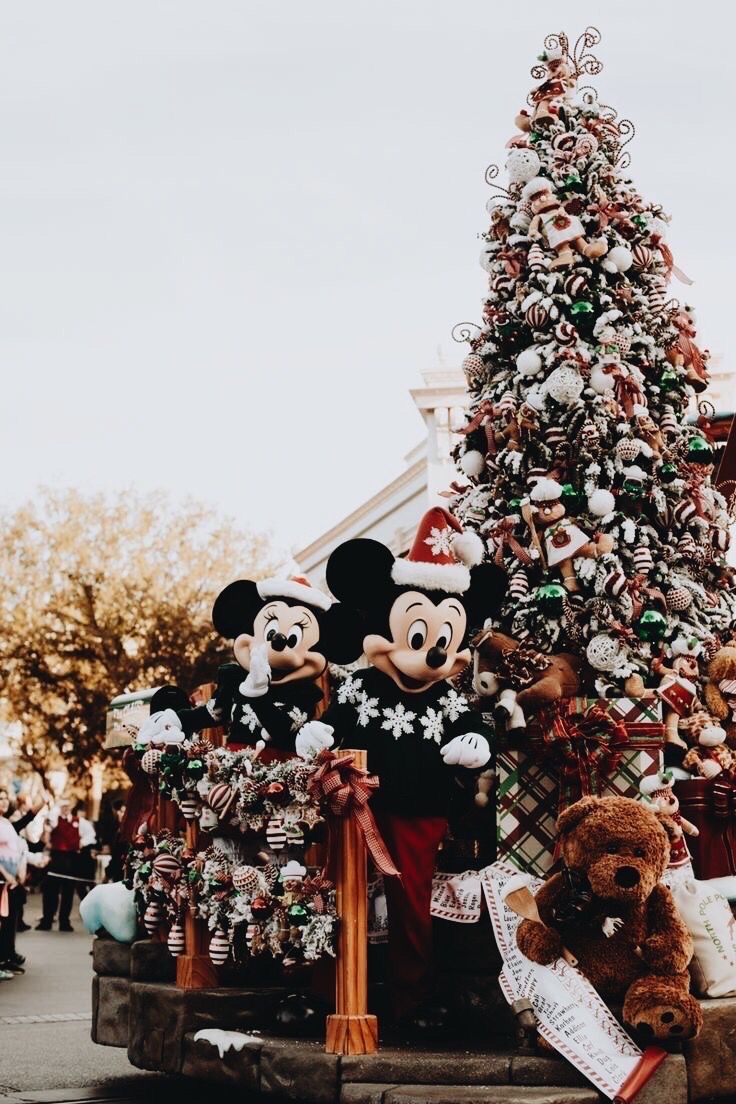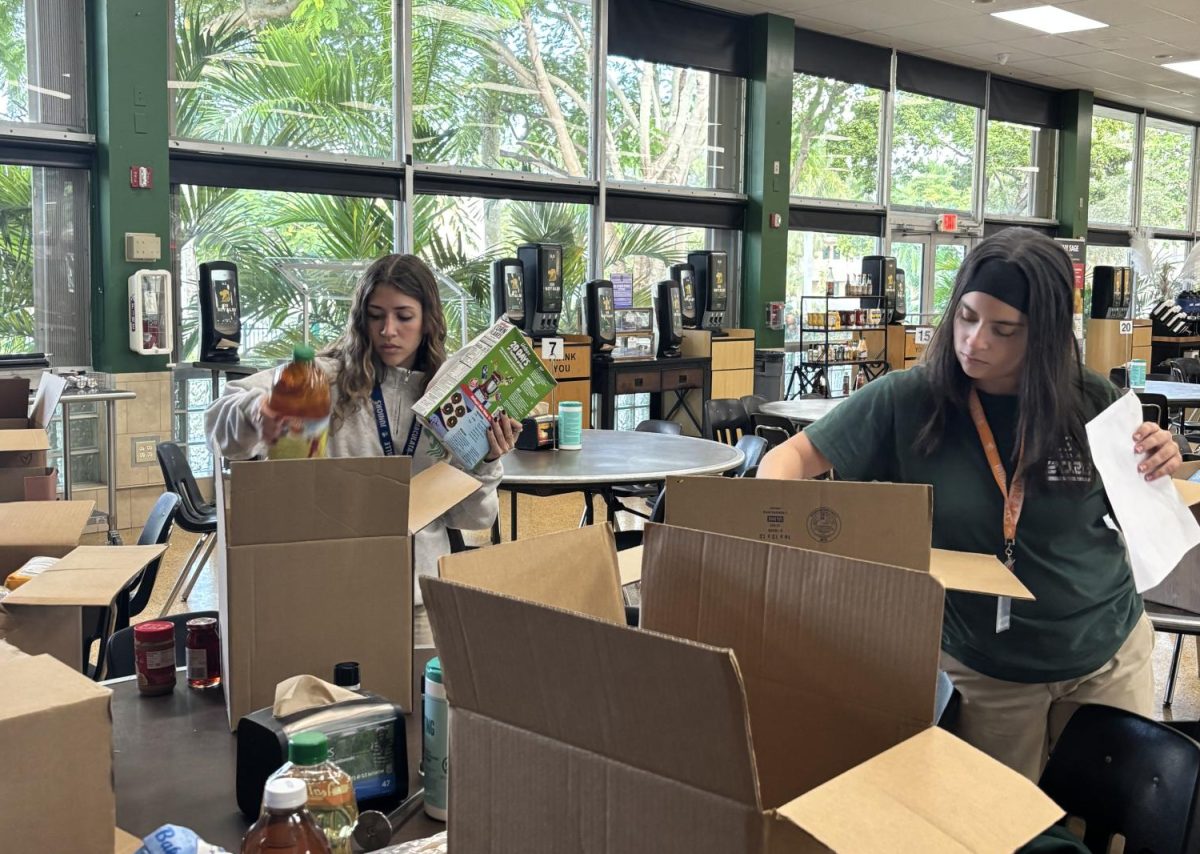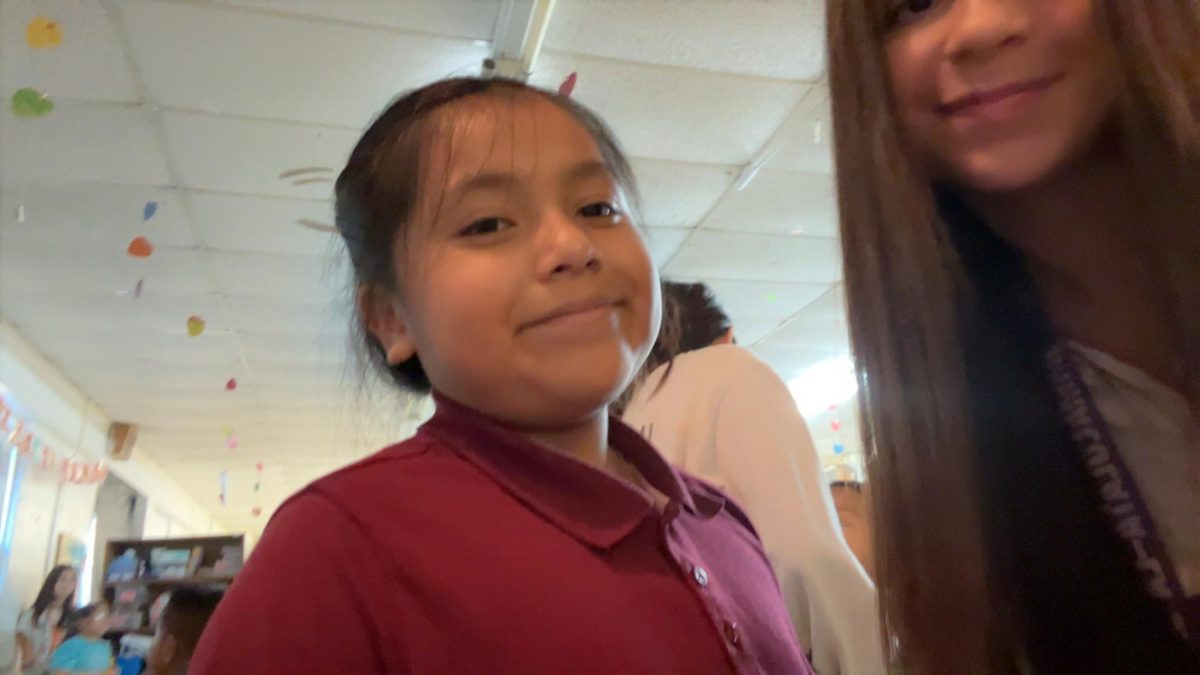Every November, as marigolds bloom and candles glow, families across Mexico and Latin America come together to celebrate El Día de los Muertos – the Day of the Dead. For generations, this tradition has been a vivid reminder that love transcends time, and that remembering the dead is another way of keeping them alive.
Growing up in a Mexican family, I remember helping my grandfather set up our ofrenda — the altar where we honored relatives who had passed away. We’d carefully arrange framed photos, light candles, and scatter petals from the cempasúchil, the bright orange marigold known as the “flower of the dead.” Its scent was said to guide spirits back home. I always loved choosing what to place on the altar. Each item told a story, a memory that felt present and alive.
“The Day of the Dead is a beautiful way to showcase culture and honor your loved ones,” said senior Marcella Morello.
The roots of El Día de los Muertos stretch back thousands of years to Indigenous civilizations like the Aztecs, who believed death was not the end but a natural part of life’s cycle. When Spanish colonizers arrived and introduced Catholicism, these ancient beliefs blended with All Saints’ and All Souls’ Days, creating the unique fusion celebrated today on November 1st and 2nd.
Each symbol of the holiday carries deep meaning. Pan de muerto, the “bread of the dead,” represents the cycle of life and death: its round shape symbolizes the earth, while the bone-shaped decorations remind us of those who came before us. Sugar skulls, decorated with bright colors, show that even death can be faced with joy and creativity. Candles light the path for souls returning home, while papel picado, delicate paper cutouts, represent the fragility of life itself. On the ofrenda, we include offerings of the things they once enjoyed most; food, drinks, or small belongings, because these personal touches are believed to comfort the returning souls and invite them to share in the love of their family once more.
“The day of the dead is really beautiful. I love to see the different altars and decorations every year,” said senior Sarah Molina.
Though Día de los Muertos is rooted in Mexico, its message is universal. It teaches us that grief can coexist with gratitude, and that remembering is a form of love. Even now, when I see marigolds or smell the sweetness of pan de muerto, I feel connected to loved ones who often feel lost, and I am reminded that they are really by my side all the time.
Día de los Muertos is not a day to mourn the dead, but to celebrate life — past, present, and eternal.




